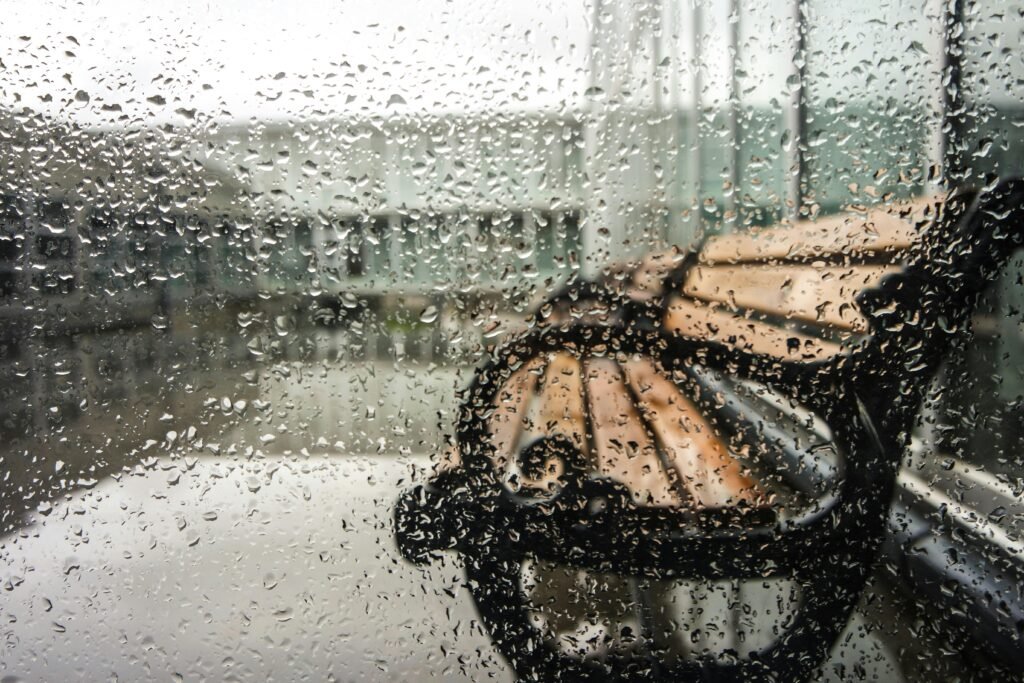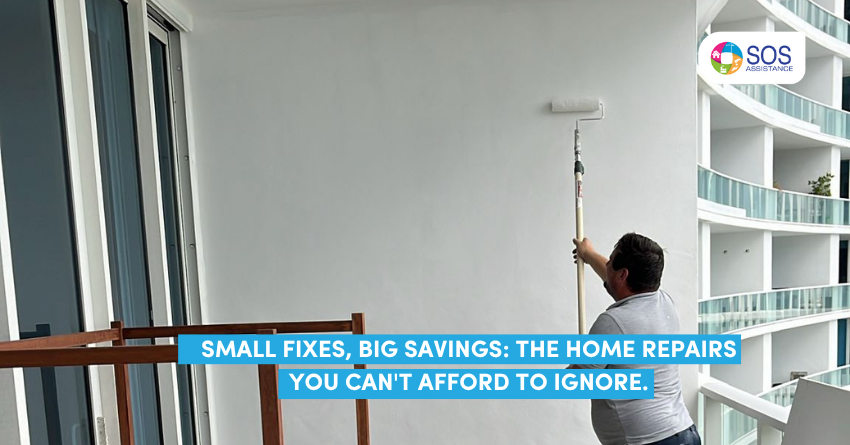From June 1 through November 30, the National Oceanic and Atmospheric Administration (NOAA) expects an above‑average Atlantic hurricane season.¹ For homeowners in Florida’s coastal counties and Texas’ Gulf Coast—where tropical systems can dump 10 inches (25 cm) or more of rain in a single day—that means flash floods, wind‑driven water, and prolonged humidity are just a forecast away.
While Mother Nature is out of your control, how well your property stands up to water, wind, and mold is completely in your hands. A strategic plan that blends preventive plumbing, proactive gutter care, certified mold remediation, and rock‑solid electrical safety keeps you dry, powered, and worry‑free all season long.
Storms, heavy rains, strong winds, and sudden temperature changes can be a real challenge for any home. While the weather doesn’t warn you when it’s about to get worse, your house can be prepared to withstand these forces and protect those who live inside.
Why Hurricanes & Heavy Rains Put Your House at Risk 🌧️
- Hydrostatic pressure forces stormwater through the tiniest foundation cracks, leading to slab leaks and hidden mold.
- Clogged gutters overflow, sending sheets of water behind fascia boards and under shingles.
- Extended humidity (above 60 % RH) creates a perfect breeding ground for Stachybotrys (“black mold”) within 24–48 h.
- Power surges and outages threaten appliances, HVAC equipment, and critical medical devices.
- Flying debris damages service panels, conduit, and rooftop plumbing vents.
Preventive Plumbing: Stop Leaks Before They Start
A single pinhole leak can pump up to 90 gal (340 L) of water per day into drywall and insulation. Before the first hurricane watch is issued:
- Inspect all supply lines—especially to washing machines, ice makers, and water heaters—for corrosion or bulging.
- Replace rubber or braided hoses every 5 years with steel‑reinforced lines rated for 200 psi.
- Install a smart leak‑detection valve that shuts the water main automatically when sensors detect flow anomalies.
- Flush your water heater to remove sediment that can accelerate tank corrosion.
- Insulate exposed pipes in unconditioned attics or crawl spaces to guard against rare cold snaps that follow late‑season storms in North Texas.
Need help? SOS Assistance plumbing experts perform same‑day leak diagnostics in Florida (Miami‑Dade, and Broward), Texas Austin, and Dallas.

Pic from Pexels: https://www.pexels.com/es-es/foto/banco-de-madera-marron-1317258/
Quick Plumbing Wins
- Know exactly where your main shut‑off valve is and label it clearly.
- Keep a plumber’s emergency wrench in your hurricane kit.
- Photograph plumbing fixtures for insurance documentation before the storm.
Gutter & Downspout Cleaning: Your First Defense
Clean, correctly pitched gutters can redirect hundreds of gallons per hour away from your foundation:
- Schedule professional gutter cleaning each spring and again in late August—right before peak hurricane activity.
- Install 5‑inch seamless aluminum gutters with downspouts that extend at least 6 ft (1.8 m) from the slab.
- Add leaf guards or micro‑mesh screens if your property is shaded by live oaks, palms, or pecans.
- After every storm, walk the perimeter to remove palm fronds, roofing granules, and shingle nails that can clog the next deluge.
DIY vs. Pro Gutter Service
| Task | Risk Level | When to DIY | When to Call SOS Assistance |
| Clearing small leaves with a garden scoop | Low | Single‑story homes with stable ground | Multistory homes, steep slopes, or visible fascia rot |
| Re‑sealing joints with silicone | Medium | Short runs (<20 ft) | Seam failures along entire eave |
| Re‑pitching or replacing sections | High | — | Any time water sits in the trough or flows behind gutters |
Mold & Water Damage: Act Fast, Remediate Right
Florida’s year‑round humidity and Texas’ late‑summer heat create an incubator for mold spores:
- Dry out wet materials within 24 h to prevent colonization.
- Use dehumidifiers to keep RH below 50 % during the recovery phase.
- If growth is visible or musty odors persist, hire an IICRC‑certified mold remediation team to remove contaminated drywall and run negative‑air HEPA filtration.
Tip: Document the damage with geo‑tagged photos—most insurers in FL and TX require “before” and “after” evidence for hurricane‑related claims.
Learn more about our Water Damage & Mold Remediation services »
Electrical Safety When the Storm Hits
Water and electricity are a lethal mix. Protect your family by:
- Upgrading to whole‑home surge protection at the main panel; it guards HVAC systems and smart devices from lightning‑induced spikes.
- Installing GFCI outlets in kitchens, baths, garages, and outdoor receptacles; test monthly.
- Elevating outdoor service equipment (meters, generators, pool pumps) 18 in (46 cm) above grade per FEMA guidelines.
- Keeping a battery‑powered carbon‑monoxide detector if you operate a portable generator.
- Scheduling a panel inspection every 3 years—or immediately if breakers trip after rain.
Hurricane‑Season Checklist for Homeowners in TX & FL
Clean gutters & downspouts
-
Test sump pump / French drain (where applicable)
- Inspect roof flashing & replace missing shingles
- Service HVAC & clear condensate line
- Check attic & crawl space for existing leaks
- Trim tree limbs 10 ft away from service lines
- Restock hurricane kit (water, batteries, meds)
- Save SOS Assistance’s number in your phone: +1 (305) 404‑2535
Why Texans & Floridians Trust SOS Assistance
- Local technicians, local licenses. Our plumbers, electricians, and mold specialists hold active state licenses for Florida.
- Rapid dispatch. We reach most metro areas—from Miami to Ft. Lauderdale, Austin to Dallas.
- One call, multiple trades. Plumbing, electrical, gutter, and mold remediation—all coordinated under one roof, so you avoid subcontractor chaos.
- Transparent pricing. Up‑front estimates and digital invoices make insurance reimbursement painless.
Ready to Storm‑Proof Your Home?
Call +1 (305) 404‑2535, chat via WhatsApp, or book online to secure your Pre‑Hurricane Inspection today.
SOS Assistance—keeping Texas and Florida homes safe, dry, and powered since 2012.
¹ NOAA, “2025 Atlantic Hurricane Season Outlook,” May 23 2025.








Leave A Comment